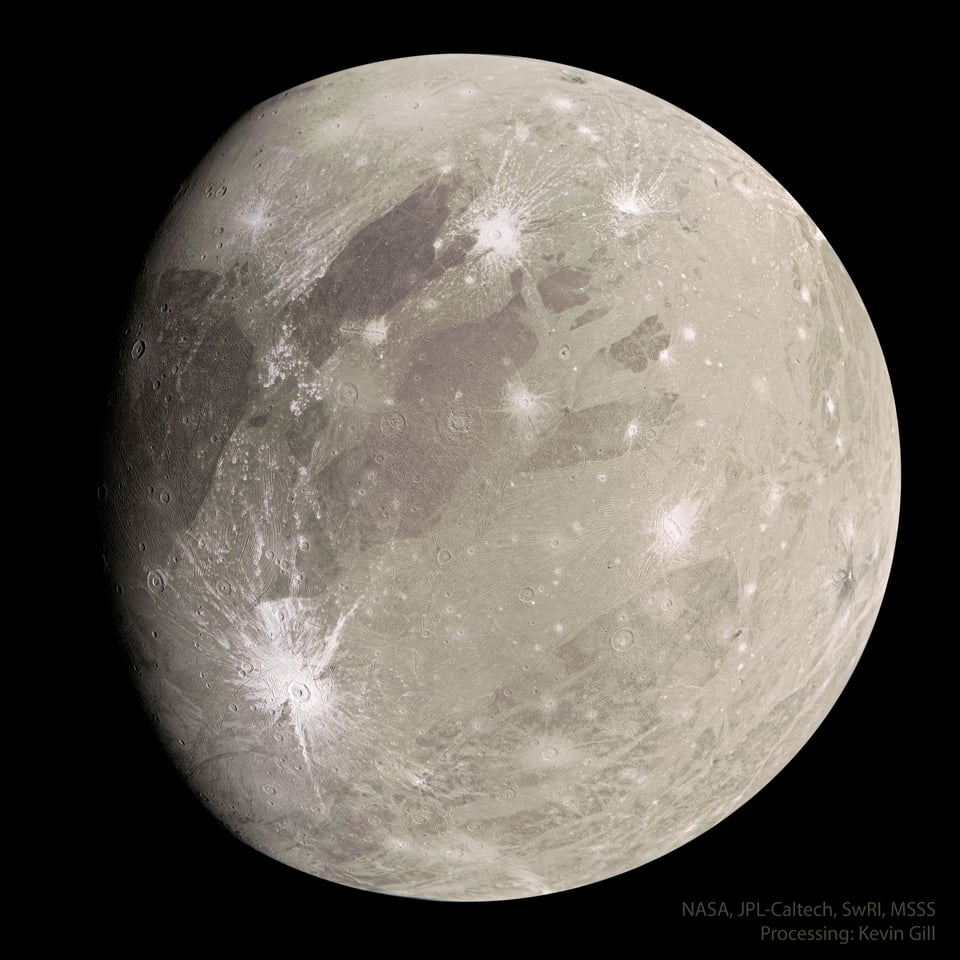Probing Ice Moon Interiors Using Weird Ice
Bowler Hat Science from Matthew R Francis
Occasionally my writing life throws strange coincidences at me. I’m not sure I’ve written about the weird properties of water ice before, but I ended up with two stories: one which published today, one which will appear either early next month or in October.
Today’s installment involves forms of ice that don’t exist outside the lab on Earth, but could form deep beneath the surface of icy worlds like Ganymede or Pluto.

Infrared Instruments Could Spot Exotic Ice on Other Worlds
Phases of ice that exist naturally only on frozen moons could be detected using infrared spectroscopy, according to new laboratory experiments.
For AGU Eos:
Water ice molecules are among the most common in the cosmos and influence the interior and exterior of many planetary bodies in our solar system. Glaciers shape parts of Earth’s surface, and dwarf planet Pluto, along with moons such as Europa, Ganymede, Titan, and Enceladus, have whole landscapes made up of ice alone, including boulders, mountains, and even volcanoes.
Under high-pressure or very low temperature conditions, ice forms different crystal structures than those that occur naturally on Earth. Identifying and measuring those structures on worlds such as Ganymede would provide unique data on the interiors of these celestial bodies, in the same way studying mantle rocks pushed to the surface on Earth reveals our planet’s deep geology.
In the lab, researchers can bombard ice with X-rays or neutrons to understand its structure. But such instruments aren’t practical to fly on spacecraft.